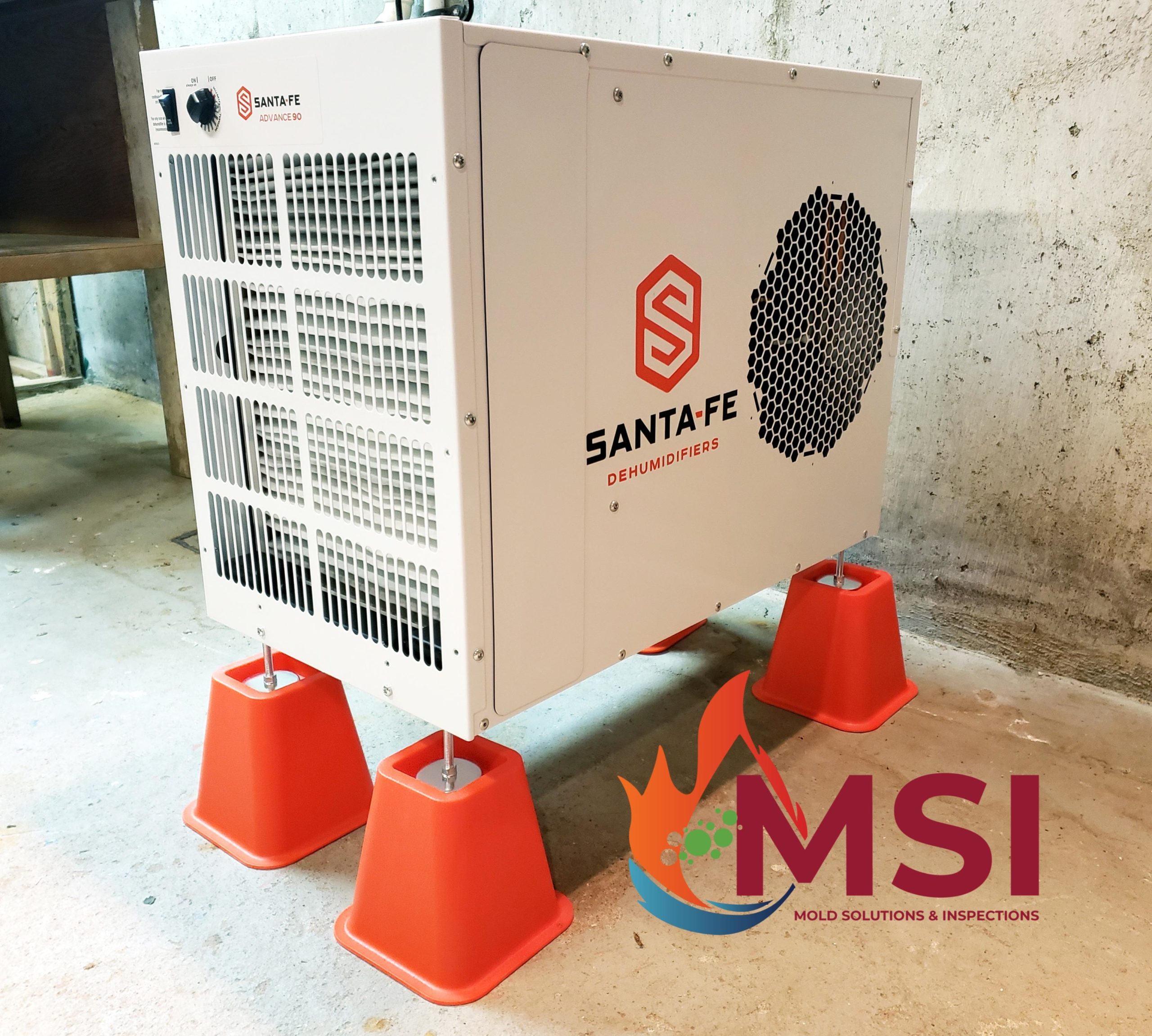Nature of Asbestos
Asbestos is a mineral with a unique crystal structure. Individual crystals of asbestos are long and thin (needle like) and these crystals occur as a “palisade” in tightly packed bundles. When disturbed, these bundles break and crystals are released individually, either whole or as fragments. This crystal structure is responsible for the health effects of asbestos. The fibers are strong and resemble those of cellulose in that they can be woven and spun. On the other hand, they are silicates and not digestible as are cellulose fibers. There are two overall types of asbestos. The most commonly used in industry is chrysotile asbestos. The second group is amphibole asbestos which is divided into actinolite, tremolite, anthophyllite, crocidolite and amosite.
Health Effects of Asbestos
Health effects of asbestos depend on inhaling the fibers. Most of these fibers are immediately exhaled. However, some are inhaled deeply into the lungs and become lodged in the tissues. Because they are minerals, enzymes that would facilitate their digestion are not present, so they probably remain in the lung throughout life. The amphibole types of asbestos appear to remain in the lungs the longest, which may lead to increased risk of disease. Lung cancer, mesothelioma, asbestosis, and other lung and pleural cavity disorders may result from significant exposure to asbestos. Health effects from asbestos exposure may continue to progress even after exposure is stopped.
Asbestosis
Asbestosis is not a cancer, but rather a result of inflammation and irritation of lung tissue that result from inhaling the fibers. It is a serious disease that leads to lung scarring, difficulty breathing, and an impaired ability to transfer oxygen and carbon dioxide in and out of the lungs. The progress of the disease is slow, with first diagnosis generally occurring 10-20 years following initial exposure. Symptoms of asbestosis include shortness of breath, cough with mucus, chest tightness, chest pain, loss of appetite, and crackling sounds in the lungs. Risks for the development of asbestosis primarily are controlled by the amount of exposure, the length of time over which exposure occurs, and the type of asbestos inhaled.
Lung Cancer
Lung cancer is a malignant tumor that grows within the lung, invading the air passages and gradually blocking them so that air exchange is not possible. The disease is generally diagnosed 10-15 years following initial exposure. It is most likely in cigarette smoking. Symptoms include cough, wheeze, weight loss, labored breathing, and coughing up blood. Persistent chest pain and anemia may also be present. The combination of asbestos and smoking create greater risk for lung cancer than the sum of the individual risks for these exposures.
For more info, visit our site at Biowashing.com








